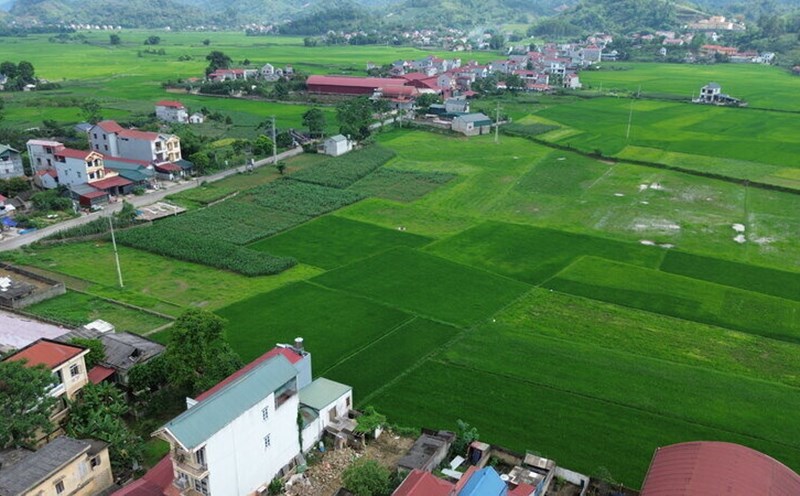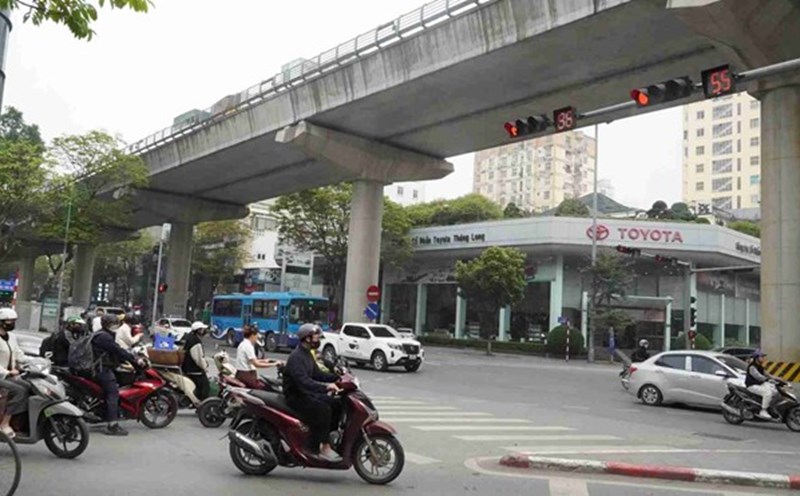In recent days, the weather in the northern mountainous provinces and cities has continuously had heavy rain with strong winds, seriously affecting agricultural production, especially rice fields in the harvest period.
In Thuc Phan ward (Cao Bang), Mr. Nguyen Van Hoang - a farming household - shared his concern: "It rained heavily for several days, my rice fields were collapsed just at harvest time. The whole family had to "cape" to save the rice, but bringing the rice back was not yet reassuring because the weather was not favorable".
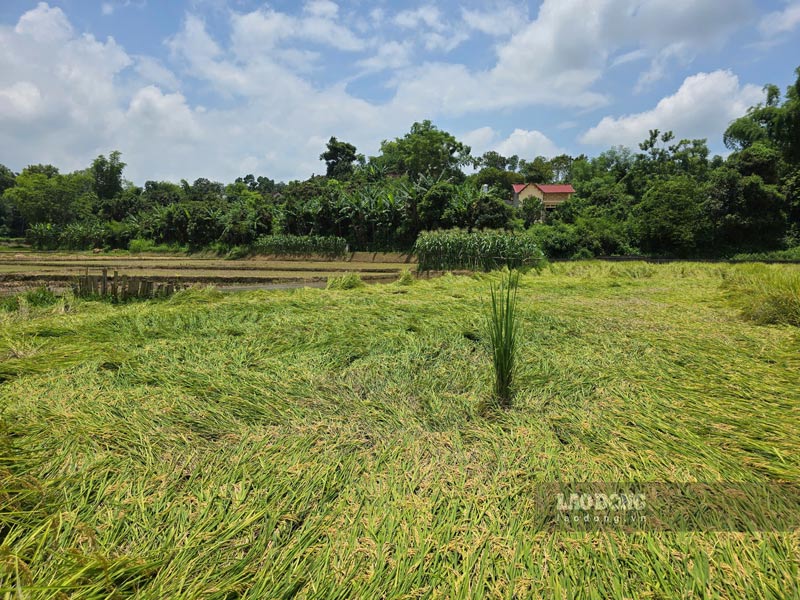
Mr. Hoang's family has more than 3,000m2 of rice fields, all of which are affected by wind and rain. According to him, if it is raining heavily and continuously, only need to dry rice for 2 days to store it in the warehouse, but now it is only sunny and stormy, in the afternoon or in the rain combined with high humidity, making it difficult to dry the rice.
Sharing the situation, Ms. Hoang Thi Kieu said that her family's rice field has been falling for many days now, and the rice is at risk of sprouting. Due to prolonged rain and scattered fields in many places, the harvesting was delayed, causing her to " sit still and not rest".
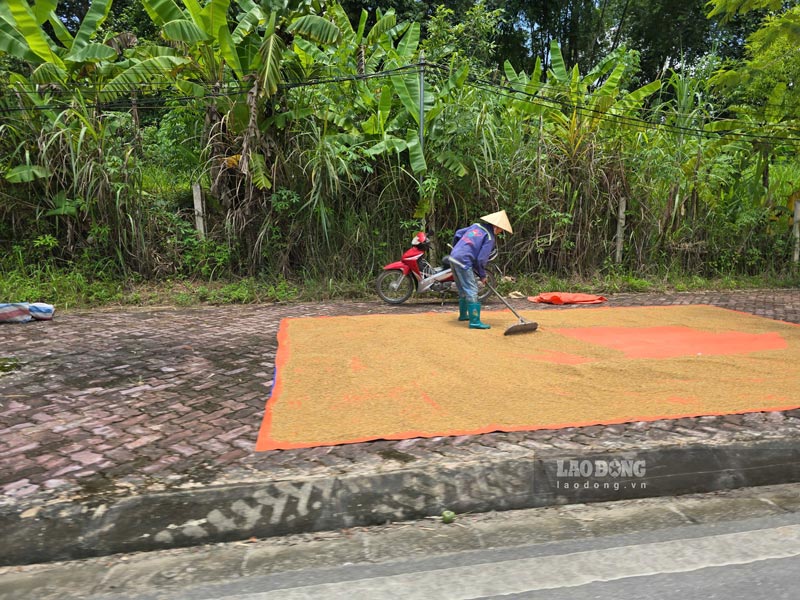
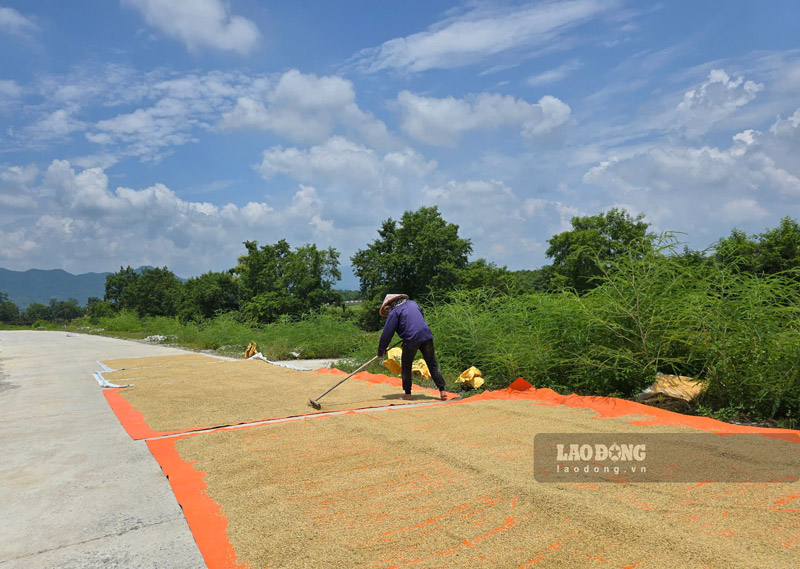
"If we don't harvest in time, the rice will sprout, leaving only the grinding water for the chickens and ducks to eat, the continuous rain makes my family very worried, the labor of taking care of the rice now sometimes cannot harvest delicious rice grains" - Ms. Kieu said.
According to the Cao Bang Provincial Hydrometeorological Station, areas in the province are experiencing continuous rains with large flows. Soil moisture models show that many places have reached or are close to saturatation (over 85%).
It is forecasted that on July 15, communes in the area will continue to have rain, with accumulated rainfall ranging from 15 - 30mm, some places may exceed 70mm.
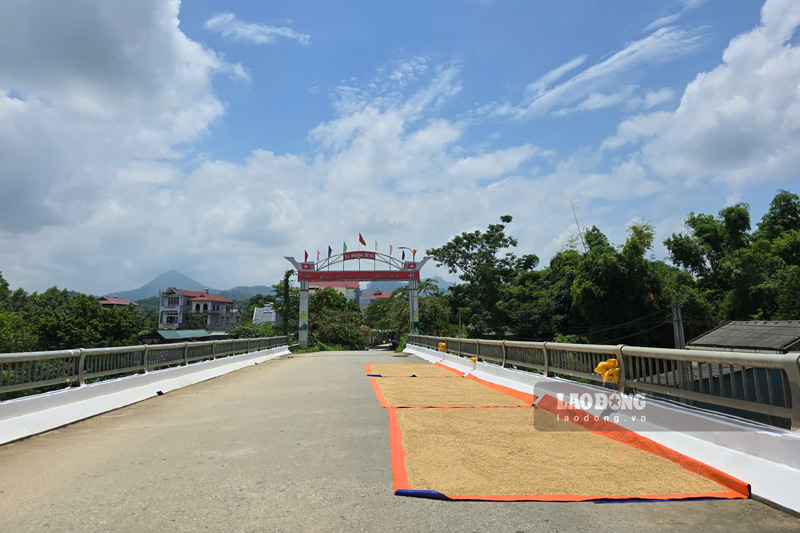
The risk of flash floods, landslides and subsidence in mountainous areas is very high. The warning of natural disasters due to flash floods and landslides is at level 1. These phenomena not only directly threaten people's lives but also cause heavy damage to infrastructure, traffic congestion, crop damage and socio-economic activities.
In the face of complicated weather developments, authorities recommend that local authorities carefully review vulnerable points and areas at risk of flow congestion to proactively take preventive measures and respond promptly to natural disasters.



